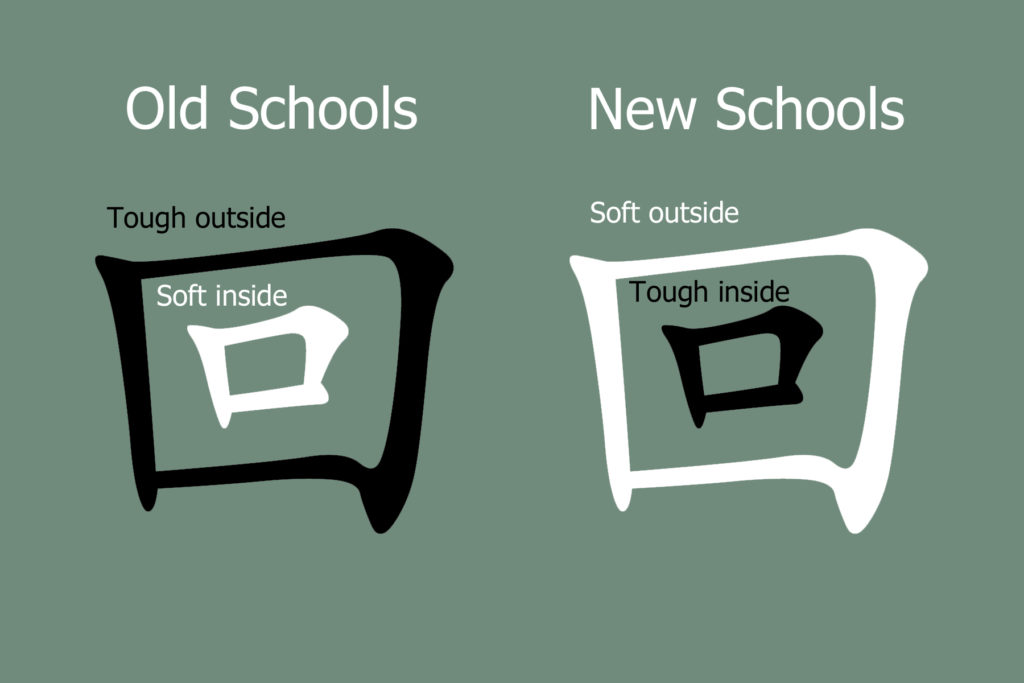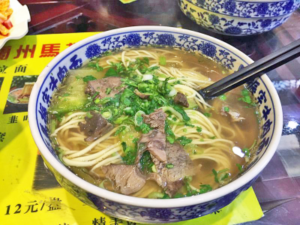Prayers at Dongguan mosque, Xining, Qinghai, China.
This is part three of the series “Know Thy Hui Neighbor” based on the Know Thy Hui Neighbor (KTHN) training. This course is to train local and overseas Christians to share Christ’s love with the Hui.
Having learned a little about Islam with Chinese characteristics, you might wonder if there is any point in studying “orthodox” Islam to help you understand your Hui friends. The answer is yes and no. Christians from China and abroad who love the Hui find books and courses on Islam in general very helpful; one popular resource is Encountering the World of Islam.1 Yet the more we engage with Muslim people, the less we are able to think of Islam as monolithic or use terms like “orthodox” to describe any of its manifestations.
“Everything you’ve heard about China is true, somewhere.”
Likewise, everything you’ve heard about Islam in China is true, somewhere.
In previous posts, I described how Islam came to China and adapted to its Chinese context. I mentioned the Islamic reform movements by Hui Muslim leaders who were frustrated with what they saw as inauthentic Islam or even religious syncretism. Ma Laichi and others brought Sufism in the mid-1600s, and Ma Wanfu established the Yihewani at the turn of the twentieth century. Today, we take a closer look at the Yihewani, also known as New Teaching, and an even more recent development known as Salafism.
The New Teaching or New School (新教, xinjiao) is officially known as Yihewani (伊赫瓦尼, Arabic Ikhwan, meaning “brotherhood”). Founded in Gansu, it is a growing minority (about 22% of China’s Hui population) most prevalent in China’s northwestern provinces. Yihewani teaching is Wahhabi-inspired, meaning it is based on the reformist doctrines of eighteenth-century Arabian scholar Muhammad ibn ʿAbd al-Wahhab. Yihewani emphasize scriptural authority. They believe the original texts can be read and understood by all Muslims. Local leaders are not autonomous but members of the broader Muslim community, known globally as the ummah.
A tiny minority (<1%)2 of Hui, who believe the Yihewani have not taken their reforms far enough, embrace a literalist form of Wahhabism called Salafism or Salafiyya (赛莱非耶, sailaifeiye, from Arabic salaf, meaning “ancestors”), or the New Emergent School (新兴教, xinxingjiao)3 . Salafiyya separated from the Yihewani in the 1930s.4 Salafi Hui imitate what they are taught about the culture and lifestyle of seventh-century Arabia in everything from scripture interpretation to men’s hairstyles. During salat (formal prayers), Salafis raise their hands three times, distinguishing them from all other Hui—who raise their hands only once—and earning them the pejorative nickname santai (三抬, “three lifts”).5
There are next to no “nominal” Salafi Hui. This tiny religious minority is labeled an extreme outlier by the CCP, Chinese society in general, and all other Hui schools of thought. We learned earlier that Hui practice endogamy, but most Hui would rather allow their daughters to marry a non-Muslim than lose her to a Salafi family. Salafi mosques are so heavily monitored that many Salafis worship in illegal “house mosques.” Others join Yihewani mosques for prayer but to do so without being caught, they must hide their true ideology by being careful what they wear and raising their hands only once when they pray.6
Both of these new Wahabi-inspired movements emphasize mission (达瓦, dawa, from Arabic da’wah, meaning “invitation”) which partially explains why the New Schools are growing, and the Old Schools are shrinking. Yihewani invite the Old Schools to reform and non-Muslims to convert. Salafis also work to convert Yihewani. They train their members to welcome outsiders to dialogue. They quote famous Muslim apologists such as Ahmed Deedat, and some have also studied Christian apologetic literature. Many Christians have enjoyed conversations, debates, and Bible studies with Yihewani and Salafi Hui. These interactions, and the friendships that often follow, can be sources of great encouragement.
Yihewani and Salafis appear “soft” on the outside—welcoming, open to spiritual conversations—but they have strong convictions at their core. In this way, they are the opposite of the Old School Hui, who have tough exteriors but soft hearts. Just as Brother Liu advised workers not to be discouraged by the tough shell of Old School Hui, the KTHN course also warns Christians who make a lot of New School friends not to be overly confident. It is just as likely they are engaging with your beliefs in the hope that you will convert to Islam.

When we talk with them, there is much we can affirm. We affirm their commitment to truth over convenience and comfort, even in the face of persecution. We affirm their desire to base their faith on God’s word spoken through prophets. We affirm their belief that God speaks to all people and that he speaks primarily through scriptures. Of course, we disagree on many points, including which texts constitute God’s word and who qualifies as true prophets. There is one man, Jesus, who we agree was a prophet, but we disagree on almost every other detail we know about him.
For Christians wishing to debate theology with Muslims, there are many Hui willing to engage and many resources to guide your conversations.7 Debates alone seldom win Hui to Christ—because their religion is bound with family, culture, ethnic identity, and politics—but for Yihewani and Salafis, the quest for truth is at the core of their faith. Simplistic “just love them” strategies that downplay robust rational defense of the gospel will merely brush the surface. We must be innocent yet wise. We must share the truth with love and love them by sharing the truth. Everything we do must be saturated in prayer, grounded in a solid relationship with our Lord, and supported by the body of Christ.
Endnotes
- Keith E. Swartly, Ed. Encountering the World of Islam. Bottomline Media, 2014. Online class registration: https://www.encounteringislam.org/online. Accessed March 10, 2022.
- Stewart, Alexander B. Chinese Muslims and the Global Ummah: Islamic Revival and Ethnic Identity among the Hui of Qinghai Province. Routledge, 2017, p. 4.
- Occasionally called 新新教, xinxinjiao, meaning “New New Teaching.” E.g. in Dru C. Gladney, “The Salafiyya Movement in Northwest China: Islamic Fundamentalism among the Muslin Chinese” In Muslim Diversity: Local Islam in Global Contexts. Leif Manger, Ed. Routledge, 1999. pp. 102–149.
- Stewart, p. 39.
- Stewart, pp. 42, 44–5.
- Stewart, pp. 44–5, 92–8.
- One excellent book is: Nabeel Qureshi, Seeking Allah, Finding Jesus: A Devout Muslim Encounters Christianity. Zondervan, 2016. A translation of the book into Chinese with Hui idioms can be downloaded at: https://xunzhaozhenzhu.com/xiazai.html The translated version also contains a glossary of specialized Hui vocabulary.
Image credit: Wikipedia.

Julie Ma
Julie Ma (pseudonym) is a graduate of Sydney Missionary and Bible College (SMBC) and a member of the Angelina Noble Centre for women in cross-cultural missions research. She left her home in Australia over a decade ago to serve Hui Chinese Muslims alongside her Chinese husband. After all these years overseas, …View Full Bio
Are you enjoying a cup of good coffee or fragrant tea while reading the latest ChinaSource post? Consider donating the cost of that “cuppa” to support our content so we can continue to serve you with the latest on Christianity in China.